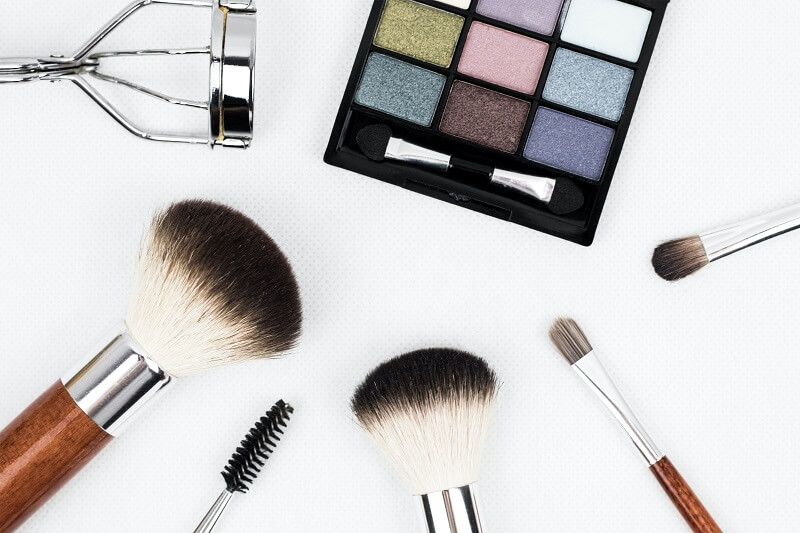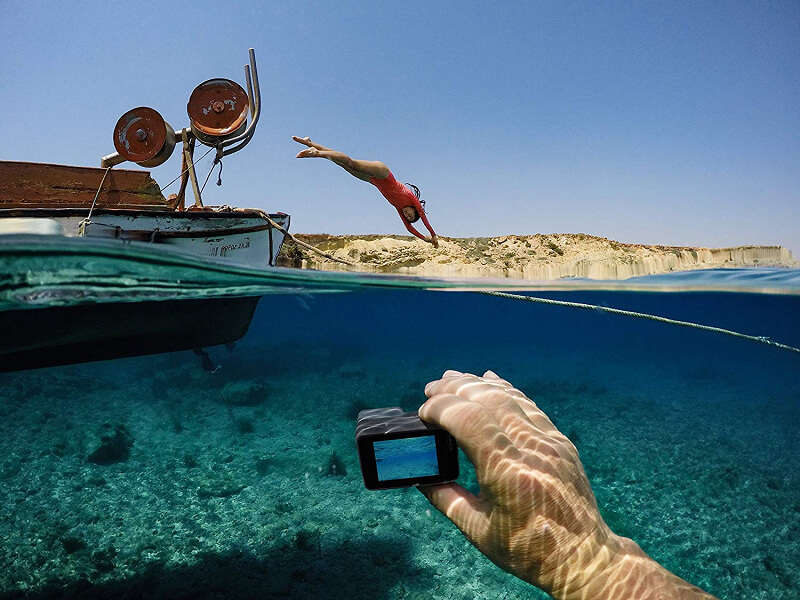The Impact of AR and Virtual Try-On Technology on Customer Experience in Beauty Industries
in Technology on June 13, 2023
The beauty industry is continually looking for new ways to enhance customer experience. Integrating augmented reality (AR) and virtual try-on technology has proven to be a game-changer.
Due to its adoption and incorporation into several programs, the technology has become a revolutionary way for customers to interact with beauty products. It allows them to try items virtually and make informed purchasing decisions.
While there are potential drawbacks and challenges—such as accuracy and privacy concerns—the future of AR and virtual try-on technology in the beauty industry is promising. Read on to learn about the impact of AR and virtual try-on technology on customer experience in the beauty industry.
AR and Virtual Try-On Technology
With AR and virtual try-on technology, customers can try different shades of makeup, experiment with different hairstyles, and even try virtual clothes without needing to leave the house. It’s such an exciting piece of tech that brands are slowly integrating it into their websites and mobile applications, providing customers with a unique and interactive experience. These brands can use a customer satisfaction tool as well, to gather feedback and improve their offerings.
One of the most well-known instances of the technology is Sephora Virtual Artist. This application allows customers to try different shades of makeup, experiment with other products, and even take a selfie to create a personalized makeup look.
Another is L’Oreal Makeup Genius, which uses facial recognition technology to allow clients to try on makeup virtually. YouCam Makeup is another popular application that enables makeup trials and lets users experiment with different hairstyles and even try on accessories.
The Benefits of AR and Virtual Try-On Technology
AR and virtual try-on technology provide customers with several benefits. One of the primary benefits is convenience, as customers can try on different products from the comfort of their homes.
The technology also provides customers with accessibility, as they can try on products without visiting a physical store. Moreover, the technology also helps reduce product sampling and wastage costs; with virtual try-on technology, you can reduce the need for physical samples.
As customers try on different items, you can collect data—with their consent—about their preferences and behaviors, providing you with insights into their needs and wants. This technology may eventually become an industry standard tool because of this feature.
How AR and Virtual Try-On Technology Impacts the Customer Experience
In general, this technology lets you engage and satisfy your buyers.
They can experiment with different products and shades without touching or trying them on physically. It has also increased customer confidence and trust in their purchasing decisions. They can try on various products and experiment with different looks before purchasing, leading to more informed decisions.
In the wake of the pandemic, customers are more cautious about physical contact and hygiene. AR and virtual try-on technology provide them with a safe and hygienic way to try on different products without having to come into contact with them physically.
Another effect of the pandemic is that more customers would rather shop from home. This technology allows you to bring the in-store experience to shoppers who couldn’t have otherwise visited your physical store. And with 2.64 billion shoppers worldwide, you have an incredible opportunity you wouldn’t want to miss.
AR and virtual try-on technology has also improved customer loyalty and retention. With personalized recommendations and experiences, customers feel more connected to the brand and are likelier to continue purchasing.
Potential Drawbacks and Challenges of AR and Virtual Try-On Technology
One of the limitations of this technology is accuracy. The technology may not accurately represent how a product looks on a customer’s face, leading to wrong purchasing decisions. Additionally, lighting and skin tone matching can be a challenge, as different lighting conditions can impact how a product looks on various skin tones.
Because misrepresentation can lead to a consumer buying the wrong product, it may result in skin concerns because it may not suit their skin type or tone.
Privacy and security concerns are also a potential challenge. With data collection and storage, clients may be concerned about others using and sharing their personal information without their consent. There is also a potential for bias in virtual try-on technology algorithms, leading to imprecise recommendations or skewed results.
The Future of AR and Virtual Try-On Technology in the Beauty Industry
The future of AR and virtual try-on technology in the beauty industry is promising as technology advances. Many brands increasingly integrate AI and machine learning into their business strategies to personalize recommendations and provide a more engaging and interactive customer experience.
The integration of these technologies can further enhance customer experience analytics, allowing for more accurate product recommendations and improved virtual try-on experiences.
Furthermore, AR and virtual try-on technology can expand to other beauty categories, such as hair and skin care. The advancements may give customers more opportunities to explore and test products before buying them.
The development of these tools will undoubtedly continue to shape the industry; stakeholders must prioritize customer experience and invest in the software to stay competitive. The industry is forever changing, which may give way to more tools that utilize AR with more applications.
Wrapping Up
The beauty industry is continuing to keep pace with technological innovations. AR and virtual try-on technology are among the significant advancements shaping the market.
With these technologies, customers can have a more interactive experience when shopping for beauty products. The impact of these tools is significant, as they offer convenience, accessibility, and accuracy. Customers can try products at their own pace and from the comfort of their homes.
They can experiment with different products and shades without going to a physical store or touching any of them, leading to more informed decisions. With the effects of the COVID-19 pandemic still being felt globally, using these tools is particularly relevant as customers are now more cautious about physical contact and hygiene.
The personalized recommendations and experiences offered by AR and virtual try-on technology can also improve customer loyalty and retention. You can offer customers unique and tailored experiences, creating a sense of connection and encouraging them to return and buy again.
AR and virtual try-on technology is the beauty industry’s new look. Failing to adopt these may only make your business out of fashion.
As the beauty industry evolves, integrating AR and virtual try-on technology will continue to shape and enhance the customer experience.




